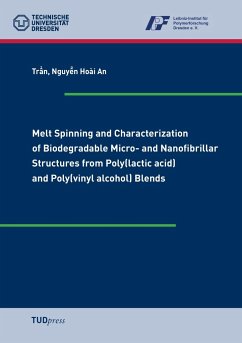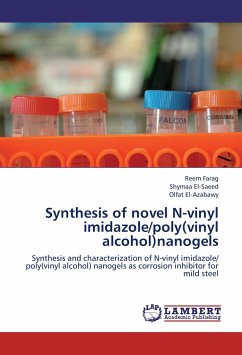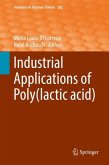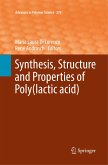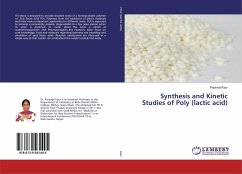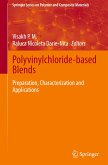The present study mainly focuses its attention on the investigation and the development of the biodegradable and biocompatible nanofi brillar poly(lactic acid) structures from poly(lactic acid) (PLA) and poly(vinyl alcohol) (PVAL) blends using the conventional melt spinning process (CMS) of thermoplastic polymer fibers. The CMS itself is a high productivity, solvent free and low energy consumption process. Owing to the combination of these outstanding benefi ts of the CMS and the "green" properties of PLA and PVAL, the studied and developed process provides an optimal solution for dealing with relevant challenges of our present age: the economic, highly productive and extremely eco-friendly fabrication of highly specialized products for biomedical applications such as scaffolds for tissue engineering. Another research activity gives special attention on the study of the morphological evolution of PLA/PVAL blend filaments along the spinline. Emphasis of the investigation is given on considering the axial strain rate (ASR) and tensile stress that influence the final state of deformation of dispersed PLA phase in PLA/PVAL blends. Owing to a new special self-constructed fiber-capturing device, pieces of the PLA/PVAL blend filaments are collected at different locations along the spinline. The morphology of the PLA/PVAL captured blend filaments in both longitudinal and cross-sectional directions are then investigated using scanning electron microscopy (SEM) technique. Comparing all the spinline parameter profi les, especially the ASR and tensile stress, with the morphological evolution of dispersed PLA phase along the spinline, the mechanism of the fi brillationprocess within fiber formation zone is elucidated. By adjusting the melt spinning conditions, for instance take-up velocity and mass flow rate, the final morphology of dispersed PLA phase in PLA/PVAL blends is controlled. In the present study, the infl uence of spinning conditions on the fi brillation process of polymer blends, on the example of PLA/PVAL blend systems, in an elongational flow within fiber formation zone are systematically and thoroughly investigated for the first time. The findings of the current work provide valuable insight into the morphology development of dispersed PLA phase and present basic requirements for producing nanofi brillar structures using a conventional melt spinning process.
Hinweis: Dieser Artikel kann nur an eine deutsche Lieferadresse ausgeliefert werden.
Hinweis: Dieser Artikel kann nur an eine deutsche Lieferadresse ausgeliefert werden.

